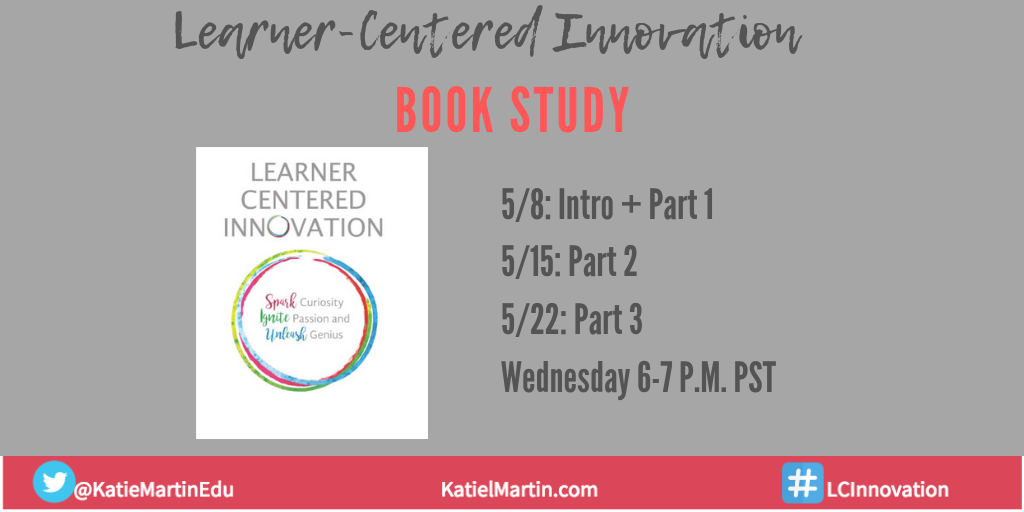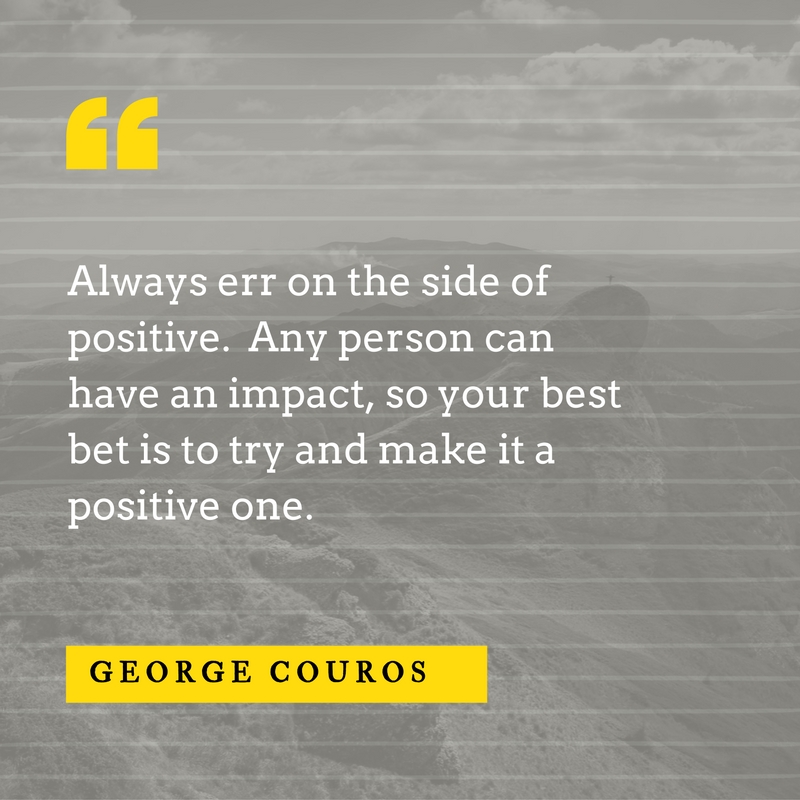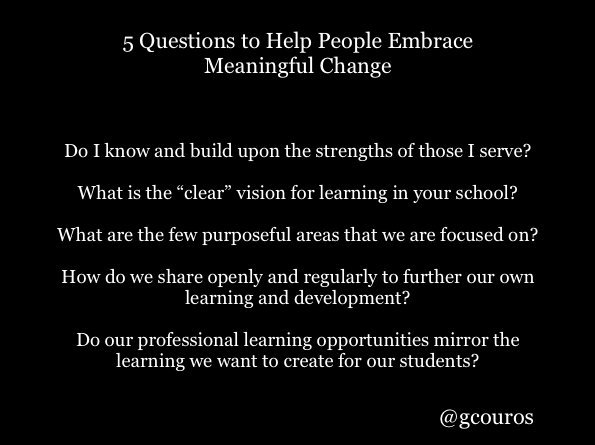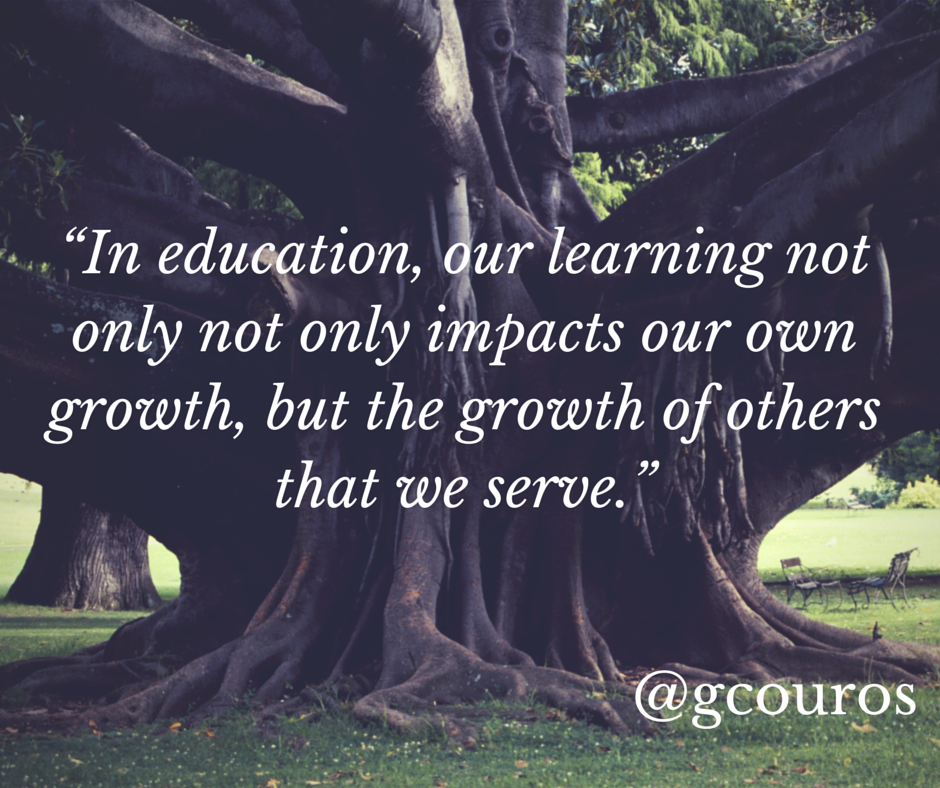A colleague of my shared a great excerpt from the book, Crossing the Unknown Seas, with me this week and a passage has been on my mind ever since:
“You know that the antidote to exhaustion is not necessarily rest?”
“The antidote to exhaustion is wholeheartedness.”
Many of the educators who have joined this #IMMOOC began this journey busy with life and work and full plates, but felt compelled to engage, learn and grow. As I read the posts this week I can’t help but feel the “wholeheartedness”. There is a palpable sense of purpose, passion, and rejuvenation.
Anne Krolicki summed it up beautifully,
Over the last few weeks, I have noticed a huge change in myself, both as a person and as an educator. It is amazing what fueling your passion can do for all aspects of your life. I have had more energy for my family, for my students, and for myself, and it hasn’t been an energy burst — like the kind I need for a week or two when I have a lot going on. That type of energy isn’t sustainable, and when the busy weeks are over, you’re left feeling empty — drained. The energy I feel now fills me up and keeps me constantly pushing for more. If I was asked to explain what innovation does for a person, that is how I would describe it: fulfilling in innumerable ways.
Many posts this week highlighted a common theme of deep reflection and a sense of moving forward, which is great to see how this community is really impacting classroom practices in so many ways.
Nikki Davidson’s reflections on how to move beyond test scores and grades is really powerful. She questions how she not only prepare students for exams but for life.
How do I serve my learners? How do I make sure that I am doing right by them? How do I ensure they are getting what THEY need? It’s scary and daunting but invigorating as well. Yes, I will still need to make sure they have the skills for the diploma exam, but I can’t stop there. I’ve started with more deliberate reflection (not for marks) by the students, but can I push that even more? Can I try to set my grade 12s up with blogs to help them to express their voice and understanding and make those connections. Will it help them to really “get why it matters” and look at the concepts through the eyes of citizens rather than just students? Can I find formats to really challenge and push their thinking as well as my own?
To continue to improve our schools, Sheri Edwards, who has added so much to this process, urges:
Grow the solutions locally. Build that community of professionals. Within that community, members see each other’s strengths, and merge their unique ideas into a focused solution based on that school’s students’ needs. Only then, when all members feel supported, does trust and collaboration move the organization forward. Without the input from professionals themselves, the culture is built only on compliance, not engagement, not empowerment, and teachers do not see or feel their value. With professionals who believe in themselves, are supported for their strengths, and participate with those strengths towards the school vision, then a culture of learning forms, and teachers and students begin to ask, “What else could I do to support our vision?” And that’s where teachers begin to mentor each other.
Simon Mckenzie highlights a critical mindset in how we view our roles as educators. To change practice, “Professional learning has to be (… and I love this idea, thanks George) about moving each individual from ” … their Point A to their Point B.” This, I’m convinced, has been the missing ingredient in my magic potion. “
There is greatness in each individual and we must create the conditions where educators are pushed and pulled to move beyond their comfort zone and trying new things.
Valerie Zematis reflects on what she has gained as part of the #IMMOOC and how the competitive collaboration in an open environment has helped to accelerate innovation.
My students have already used elements I discovered through this IMMOOC PLN. I wish I kept track of which participants have inspired me with each new discovery so I could extend my gratitude and give them due credit.
- Improving my blog to be interesting, unique and inspiring to others. (A work in progress!)
- Creating MEMES with Google Draw and Canva
- Reflecting and summarizing with a video using RECAP
- Gathering several video segments of students into an iMovie or Storify
- Creating a 6 Word Summary
- Receiving formative assessment using PollEverywhere
- Having the moral responsibility to share work with others
- Filling out a grant to gain a collaborative interactive program where I can collaborate with other teachers and gain necessary data to drive my “learning plans”
As Couros reminds us… in the end… the biggest winners…. are the STUDENTS.
As we move forward, one of the biggest challenges is measuring impact. There were a variety of great reflections on what this means and how to broaden the criteria by which we identify success.
Eric Rodriguez acknowledges that school can and should be more than curriculum.
In conclusion, one of the final thoughts of the book that inspired me was this, “If we only teach students the curriculum, we have failed them.” School and education encompasses so much more than academics. The content we teach is but a mere fraction of what students have the capacity and inclination to learn.
If we don’t change how we assess our impact and look for broader measures of success, we will continue to perpetuate the narrow curriculum and indicators of success. Megan Gordon wrote this poem, You Don’t Fatten a Pig By Weighing It that speaks to how easy it is to lose sight of the goal if we are not constantly assessing what it is we truly value.
I sat my piggy upon the scale to see what she did weigh.
I noticed then her weight was light.
“We’ll weigh again soon,” I’d say.
I took her home to quiz her well.
Her knowledge I did plough.
Did she know the skills it’d take to turn into a sow?
She rattled off the facts and stats so pleasing to my ear.
I drilled her ’til the sun sank low,
Next weigh-in drawing near.
We’d practiced all she’d need to know
To pass this simple test.
To fatten up my pretty pig, had been my only quest.
Sweat dripped from brim to brow
As my piggy took the scale.
This was it.
THE BIG WEIGH-IN.
I hoped we would not fail.
Trembling steps my piggy took
As she met her final test.
Then panic as I epiphanized:
I’d forgotten what was best!
Too busy quizzing information.
One thing I did conclude.
How could I not have realized?
I forgot to give her FOOD.
Debbie Donsky’s beautiful post about her son shows two ways to approach learners and learning in schools
I am struck in this moment that we either help a child bloom — understand themselves; follow their passions; listen to the voice inside them that calls to them to create…Or…we help to create fog — blur the lines and the understanding of who they are; send them into a sea of fear and doubt; make them self-conscious rather than open and receiving. As an educator and a parent, I believe it is my duty to help the children in my care see themselves and understand themselves — create conditions for them to bloom.
In the concluding thoughts George reminds us that the biggest game changer in education is YOU, the educators who embrace the Innovator’s Mindset! Leading up to this week has been about refocusing priorities and examining beliefs about learning, teaching, and leading. As we finished the last two chapters of the Innovator’s Mindset and chatted with Brad Gustafson in the live show, many of us were inspired to focus on moving individuals forward. I am so appreciative of this community and although we have grown and shared a lot in the last 5 week, I believe it is truly only the beginning.















